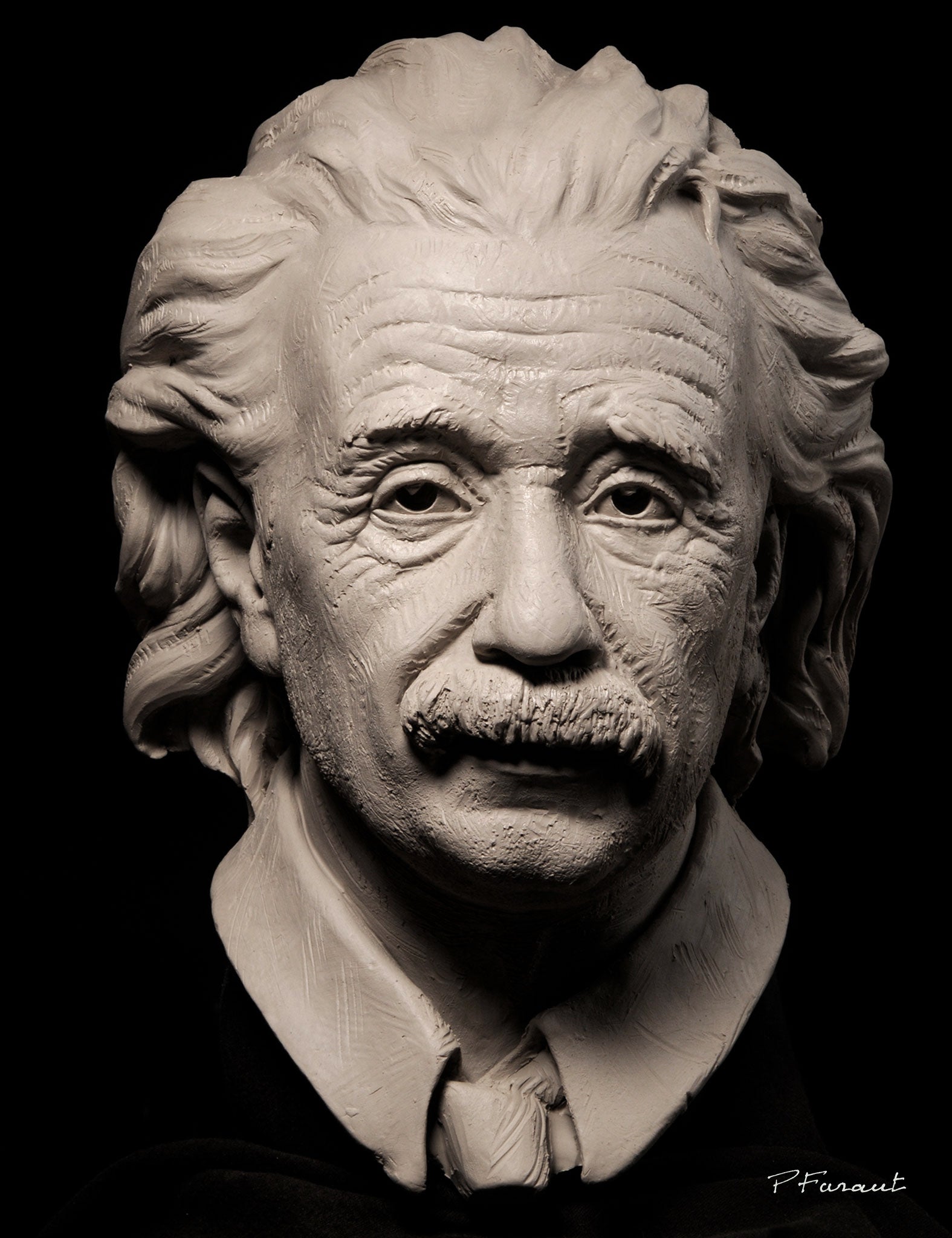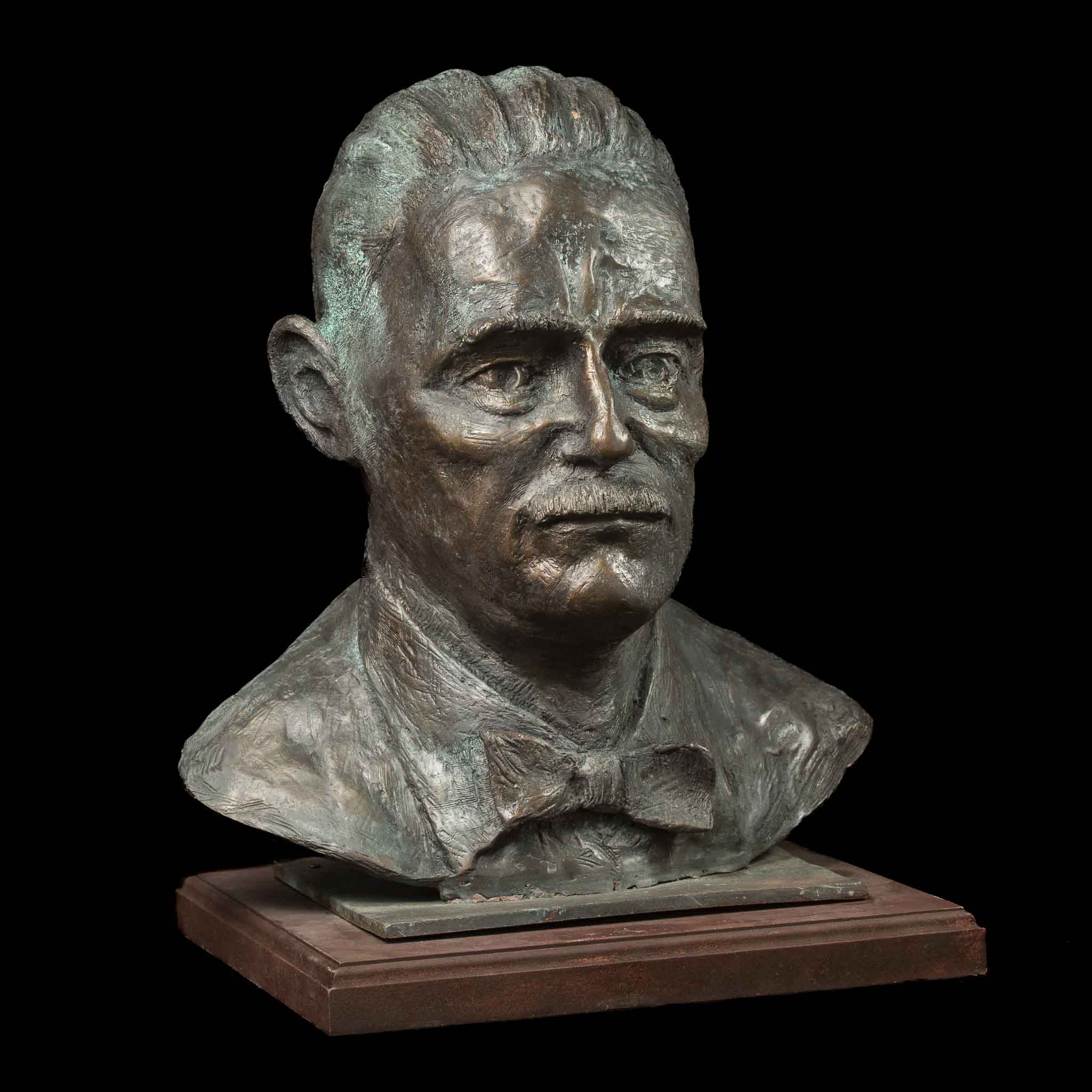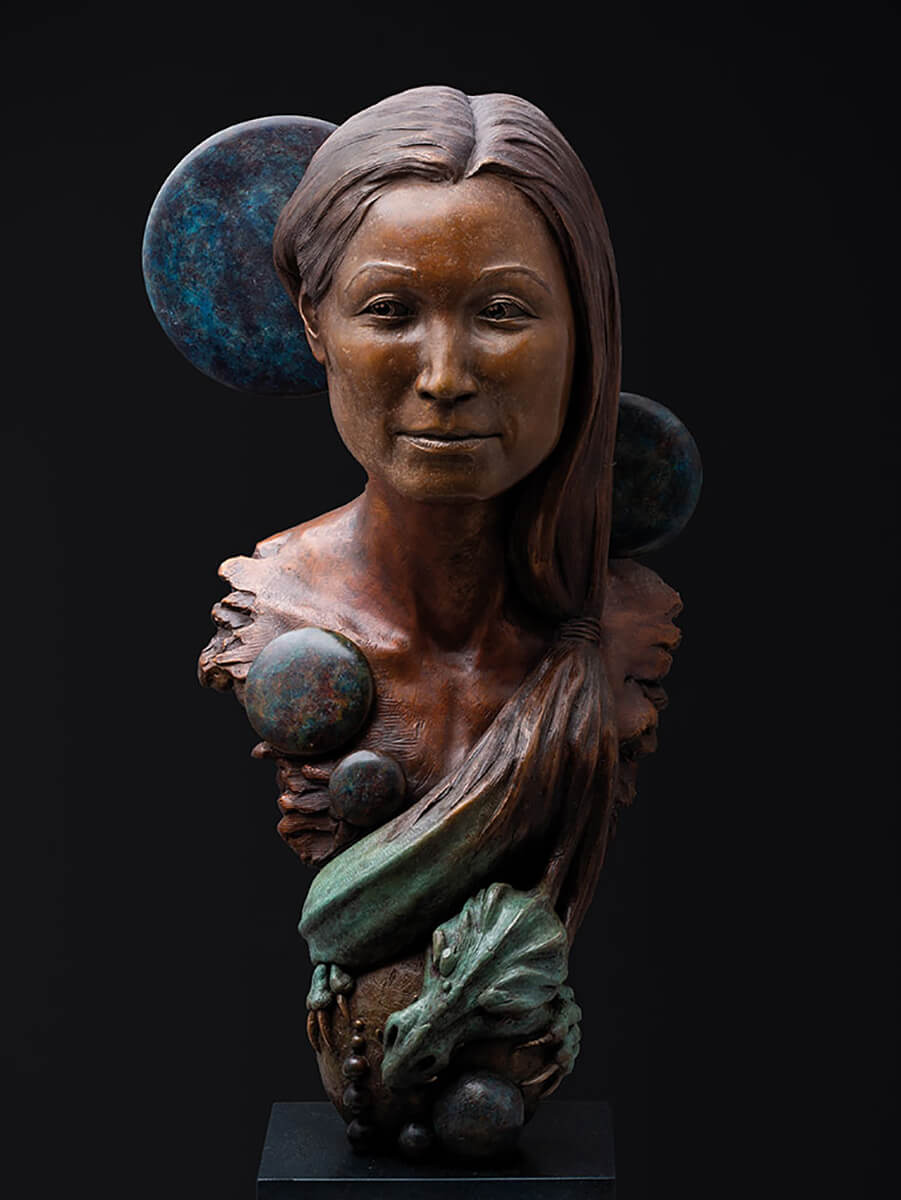Forming the Human Form: Portrayals of the Body in Sculpture
Sculpting the Human Kind: Portrayals of the Body in Sculpture is a detailed expedition of the artistic representation of the human body throughout history. From the elegant marble sculptures of ancient Greece to the elaborate masterpieces of the Renaissance, from the flamboyant and luxuriant Baroque and Rococo sculptures to the avant-garde and abstract expressions of modern and contemporary sculpture, this exhibit supplies a captivating journey through the development of this timeless art type.
Ancient Greek Sculptures

One of the defining attributes of Old Greek sculptures is their focus on symmetry. Each part of the body is thoroughly crafted to be in percentage to the entire, developing a sense of balance and harmony. The sculptors paid cautious interest to every information, from the positioning of muscular tissues to the positioning of limbs, making sure that each number appeared both graceful and powerful.
The Greeks likewise valued the idea of idealized appeal. As opposed to illustrating the blemishes and flaws of the human form, they sought to create an idyllic variation of fact. The sculptures often depicted sirens, athletes, and gods, with their bodies formed to perfection. Robert C Hitchcock Sculptor. This idyllic portrayal of the human kind not only renowned physical beauty however additionally served as a way of motivating and uplifting the visitor.
Renaissance Masterpieces
Proceeding the expedition of the representation of the human form in sculpture, Renaissance masterpieces additionally improve the idyllic principle of beauty, building upon the harmonious and in proportion percentages of their Old Greek precursors. Throughout the Renaissance duration, which extended from the 14th to the 17th century in Europe, musicians looked for to revitalize the classical ideals of old Greece and Rome. They researched and imitated the jobs of the old masters, pursuing a reasonable representation of the human body.
One of the most popular Renaissance sculptors was Michelangelo Buonarroti. His masterpiece, the sculpture of David, exhibits the perfection and elegance that ended up being identified with Renaissance art. Standing at over 17 feet tall, the sculpture represents the scriptural hero in a state of tranquility prior to his fight with Goliath. David's muscle body, captured with phenomenal information, discloses the musician's mastery of human anatomy.
Another notable Renaissance artist was Donatello. His sculpture of Saint George, developed in the early 15th century, showcases the artist's capacity to share stamina and the aristocracy with the human type. The statue shows the fabulous dragon-slaying saint in a poised and confident position, emanating a sense of heroism.
Renaissance work of arts not just celebrated the physical charm of the human body yet likewise conveyed much deeper emotions and definitions. With their precise focus to detail and knowledgeable craftsmanship, Renaissance artists raised the art of sculpture to brand-new heights, leaving a lasting tradition that continues to influence artists to this particular day.
Baroque and Rococo Sculpture
Rococo and baroque sculpture exemplifies the luxuriant and lavish representation of the human form throughout the 17th and 18th centuries. Characterized by its remarkable and dynamic style, Baroque sculpture aimed to astound audiences through its majesty and emotional strength. Musicians such as Gian Lorenzo Bernini and Alessandro Algardi created sculptures that communicated activity, typically showing numbers in dramatic presents. Making use of light and shadow further boosted the sense of dramatization, creating a theatrical impact.
Rococo sculpture, on the other hand, emerged as a response to the grandiosity of the Baroque duration. It welcomed a more lively and delicate technique, concentrating on attractive information and intricate designs. François Boucher and Jean-Baptiste Pigalle were prominent Rococo sculptors who crafted works characterized by their elegance and charm. They frequently depicted figures in sensual and graceful presents, mirroring the laid-back and wayward nature of the Rococo style.
Both Baroque and Rococo sculpture positioned a great emphasis on the human kind, commemorating its appeal and revealing a variety of feelings - Portrait Sculptor. Whether it was the vibrant and effective numbers of the Baroque or the stylish and enchanting numbers of the Rococo, these sculptures recorded the essence of the human experience, leaving a long lasting influence on the art globe
Modern and Contemporary Sculpture
The evolution of sculpting the human kind proceeds in contemporary and contemporary sculpture. With the introduction of brand-new materials and techniques, artists have actually pushed the boundaries of depiction, challenging typical concepts of form and appeal. Modern sculpture emerged in the late 19th century as a feedback to the altering social and political landscape. Musicians such as Auguste Rodin and Constantin Brancusi sought to capture the significance of the human form, highlighting emotion and motion. Rodin's "The Thinker" and Brancusi's "Bird in Room" are renowned examples of this period.
In the 20th century, the surge of abstraction and theoretical art brought new opportunities for artists. Artists like Henry Moore and Barbara Hepworth explored the connection in between form and space, producing abstracted and natural numbers that challenged conventional ideas of representation. Moore's significant bronze sculptures and Hepworth's sculpted rock jobs are commemorated for their innovative use of materials and their capability to evoke a feeling of the body in a non-literal means.
Contemporary sculpture remains to push the limits of depiction and discover brand-new products and strategies. Musicians like Antony Gormley and Ron Mueck create hyper-realistic sculptures that challenge our perception of the human body, while others, such as Louise Bourgeois and Kiki Smith, use the body as a metaphor for individual and cumulative experiences. The human type stays an effective topic in sculpture, giving a system for musicians to check out identification, feeling, and the human condition.
Cultural Viewpoints on the Body

In the expedition of sculpting the human form, the examination of social point of views on the human body reveals a diverse and rich tapestry of analyses and depictions. Throughout history, various societies have held unique ideas and values concerning the body, causing unique artistic expressions - Robert C Hitchcock Sculptor. These social perspectives shape the method the body is shown and perceived in sculpture, showing societal standards, faiths, and visual ideals
For circumstances, old Greek sculptures commemorated the idyllic human type, highlighting physical charm and athleticism. In contrast, old Egyptian sculptures concentrated on the conservation of the body in the afterlife, portraying figures with rigid postures and idealized features.
Likewise, cultural perspectives on the body in African art often emphasize public identification and spiritual beliefs (Contemporary Sculptures). Sculptures from different African cultures depict the body with overstated features, signifying ancestral links and cultural worths. Native cultures in the Americas additionally have special viewpoints on the human body, commonly depicting it in a spiritual context and highlighting the connection in between people and nature
The examination of social perspectives on the body in sculpture enables us to gain insight right into the worths, ideas, and aesthetics of different cultures throughout background. It highlights the diversity of human experiences and the methods which art shows and forms our understanding of the human type.

Final Thought
In Figurative Sculptures conclusion, the portrayal of the human body in sculpture has developed over time, mirroring different imaginative motions and social point of views. From the idealized numbers of Ancient Greek sculptures to the emotive and realistic Renaissance work of arts, and the elaborate information of Baroque and Rococo sculptures, to the abstract and experimental kinds of contemporary and contemporary sculpture. The human body has actually been a subject of attraction and creative expedition throughout history, showcasing the varied interpretations and expressions of the human kind.
Sculpting the Human Kind: Portrayals of the Body in Sculpture is a thorough exploration of the imaginative representation of the human body throughout history. From the exquisite marble sculptures of old Greece to the intricate masterpieces of the Renaissance, from the flamboyant and luxuriant Baroque and Rococo sculptures to the progressive and abstract expressions of modern and contemporary sculpture, this event offers a fascinating trip through the advancement of this timeless art type. Musicians like Antony Gormley and Ron Mueck develop hyper-realistic sculptures that challenge our understanding of the human body, while others, such as Louise Bourgeois and Kiki Smith, make use of the body as a metaphor for personal and cumulative experiences. The human form remains a powerful topic in sculpture, giving a platform for artists to check out identification, feeling, and the human condition.
From the idealized figures of Ancient Greek sculptures to the emotive and reasonable Renaissance work of arts, and the intricate details of Baroque and Rococo sculptures, to the abstract and speculative forms of contemporary and modern sculpture.